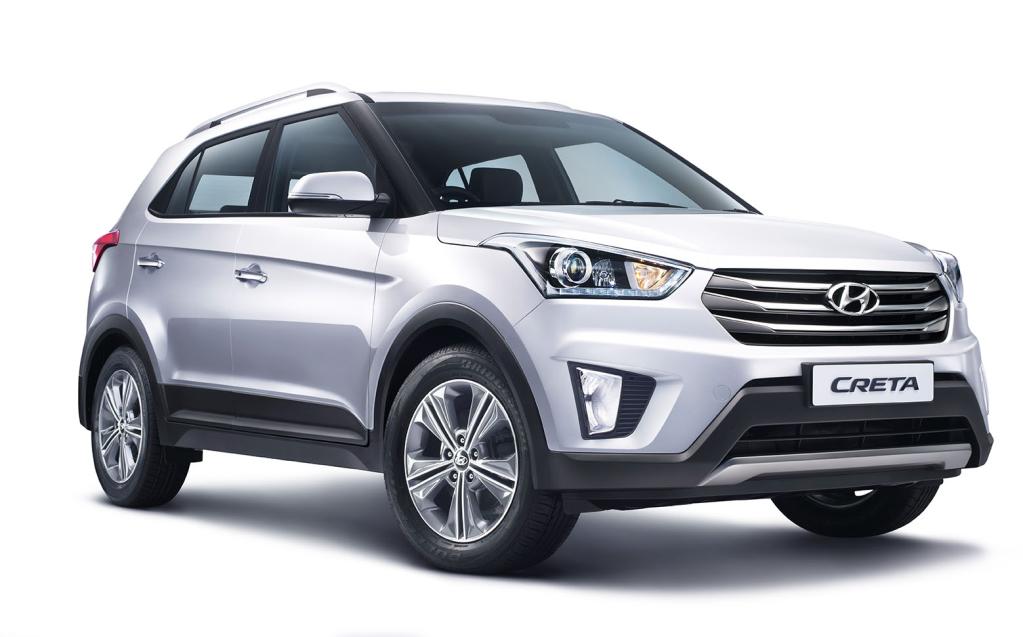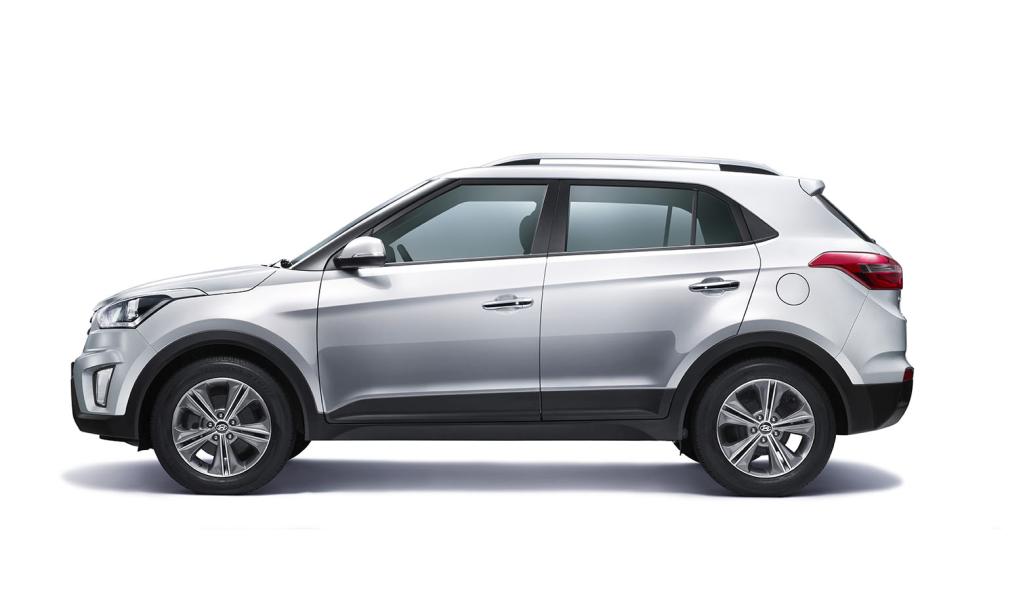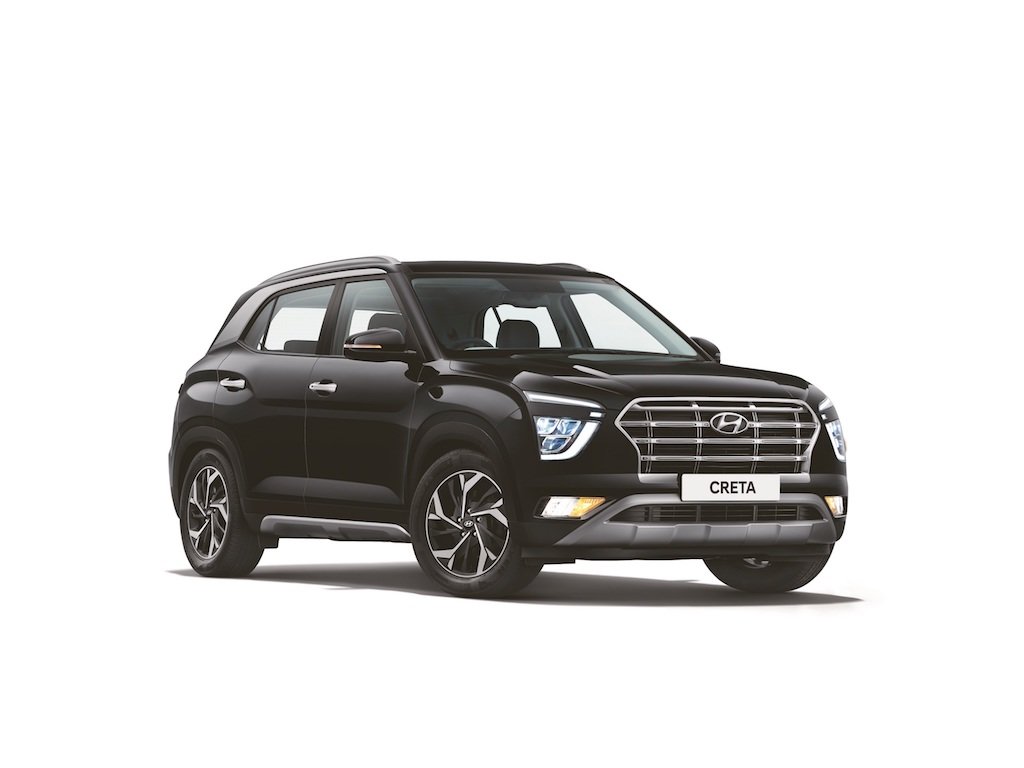Korean auto giant Hyundai is all set to capture the compact SUV market in India by launching its newest offering, the Creta. The vehicle is based on the Elantra platform.

Hyundai will be launching the Creta compact SUV in India on 21st July and the company had held a closed media drive last week. The Korean automaker is betting big on the SUV market and intends to capture a big share with the success of the Creta. Hyundai has implemented around 90% of localisation for the SUV and approximately Rs. 1000 crore has been invested for the development of the vehicle. The company even took feedback from over 900 existing and potential SUV customers while designing the Creta.
The Hyundai Creta will directly fight it out with the Renault Duster and Ford EcoSport. Both of these vehicles are consistently selling 3000-4000 odd units a month and Hyundai is aiming to sell more than 5000-odd units of the Creta each month. The Mahindra Scorpio, which is also slotted in the same price range, sells about 4500-odd units each month too. Hyundai has informed its vendors to prepare themselves for production of 40,000 units of the Creta this year, while this capacity will be doubled to 80,000 units a year from 2016. 20% (1 in every 5 produced) of the Creta’s production will be reserved for exports and it will be exported to markets like South Asia, Middle East and Africa.
The Hyundai Creta will be offered with three engine options – 1.4-litre diesel and 1.6-litre petrol and diesel. The dual VTVT petrol engine produces 123 PS of power while the 1.4-litre and 1.6-litre diesel engines give out 90 PS and 128 PS of power respectively. The 1.6-litre CRDI engine will also get an option of a 6-speed automatic transmission, same as the Elantra. The Creta is based on the Elantra platform and will come loaded with a ton of equipment. It will be priced more than the Verna while slotting below the company’s D-segment offering.





